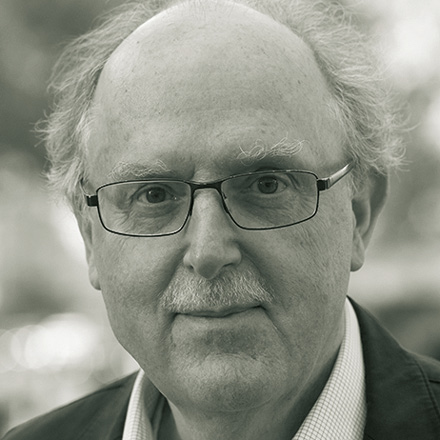Editorial
New ways
Such criticism is well founded – intensive agriculture is indeed linked to serious environmental problems. The critics ignore important successes, however. Today, North America, Europe and Japan enjoy an unprecedented abundance of food. Farms are producing surpluses that are sold abroad – and governments even afford outrageous subsidies to get rid of excessive food production.
As farms modernised and incomes rose, moreover, the infrastructure in the rural areas of advanced nations expanded, allowing local economies to diversify. New sources of income have come about, providing alternatives to eking out a subsistence living on small farms. In the past, the children of German farmers became farmers themselves. They had no choice. Even today, the options for young people in Germany’s hinterland are limited in comparison with big cities. Nonetheless, they pick from a multitude of educational and vocational opportunities that our ancestors could not have imagined. Modernity is about people being in a position to question tradition and take fate into their own hands. It has long arrived in Germany’s remote areas.
For these reasons, the Green Revolution looks attractive to decision-makers in poor countries. The hope that local production might meet the needs of their country’s people is of particular relevance, of course, and especially so in this time of globally rising food prices. And yes, it was the Green Revolution that allowed India and other Asian countries to become self-sufficient. No wonder politicians there stick to the successful formula and governments in countries that still rely on food imports consider it a kind of roadmap.
There is a snag, however. The model of the Green Revolution is not sustainable. Even in Asia, limits are becoming apparent. One particularly challenging issue is the erosion of plant genetic diversity. Plant breeding depends on as large as possible a pool of plant genetic resources. Breeders look out for particular genetic characteristics they need in a new variety, and even genetic engineering will not work without this kind of information. The more farmers grow genetically homogenous high-yielding varieties, however, the faster agricultural biodiversity is lost.
Humanity needs a new model. Large-scale farming, no doubt, will play a role and it will use high-yielding varieties, the breeders of which will want intellectual property protection. But the Green Revolution as we know it cannot be the norm because it is not the solution. It is part of the problem. Changing people’s minds about agriculture all over the world will depend on the examples set by the rich nations that are the global role models. The better they are at establishing alternative systems of agricultural production, the faster poor countries will follow their new ways.










